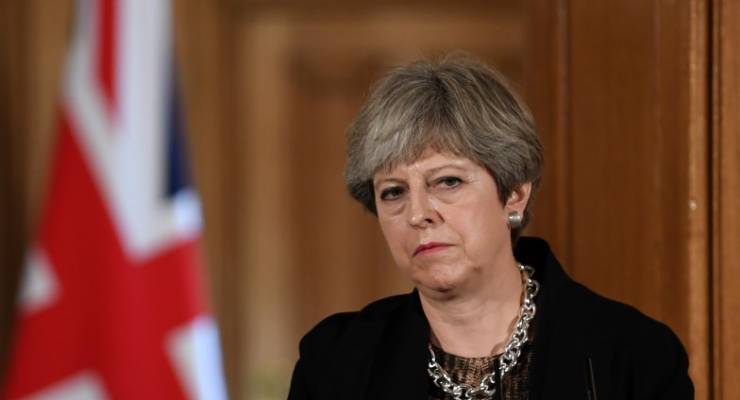
Given the ongoing chaos of the Brexit process so far, this morning’s vote is perhaps the closest thing to a predictable outcome we’ve seen for some time: the British Parliament has voted to seek an extension to the UK’s exit from the European Union.
All things being equal, the UK would have crashed out of the European Union on March 29 with or without a deal. The vote seeks to delay that until June 30.
So, to the extent we can predict anything about Brexit, what happens next?
How likely is the delay?
The extension requires the approval of all 27 states of the EU. The commission has said it will “take note” of the vote and consider the request. But clearly, the EU is not pleased with the UK. After the exit deal the EU negotiated with Theresa May was voted down this week for a second time (see below), they issued a statement detailing their “disappointment”:
We regret the outcome of tonight’s vote and are disappointed that the UK government has been unable to ensure a majority for the Withdrawal Agreement agreed by both parties in November. On the EU side we have done all that is possible to reach an agreement… Given the additional assurances provided by the EU in December, January and yesterday, it is difficult to see what more we can do. If there is a solution to the current impasse it can only be found in London.
They’ve said previously that any request for a delay would have to be accompanied by a “credible explanation”, with the European Parliament’s Brexit coordinator Guy Verhofstadt tweeting “Unless there is a clear majority in the House of Commons for something precise, there is no reason at all for the European Council to agree on a prolongation.”
What’s in May’s deal?
The deal May negotiated with the EU set the UK’s withdrawal for March 29, with a customs union taking over and relevant UK law conforming to EU law indefinitely or until a UK-EU trade agreement is negotiated.
It also deals with what happens to UK citizens living on the continent; EU citizens in the UK; and, most controversially, how to avoid a “hard” border at the new frontier between the UK and the EU: the historically fractious border between Northern Ireland and the Republic of Ireland. It also details the amount of money the UK will have to pay the EU to break the partnership — around £39 billion.
As Guy Rundle put it this week:
The deal had two sticking points for pro-Brexiteers: one, that the UK-EU conformation of laws would be indefinite, thus defeating the whole point of Brexit; and two, that the backstop could eventually apply to Northern Ireland alone, thus putting an EU border down the middle of the UK.
The deal has not satisfied hardcore Brexiteers, nor remainers. In January Parliament overwhelmingly voted to reject it — 432 votes to 202.
Then on March 12, after Theresa May had extracted some changes from the EU and tried again, they voted against it once more. This time it was rejected 391 votes to 242. May will make a third attempt to get the deal through Parliament in the next week.
Will the UK leave with no deal?
While Parliament isn’t happy with the deal, it’s also voted up a motion rejecting the prospect of the UK leaving the EU without a deal. Although this isn’t legally binding, it’s seen as another defeat for May, who had wanted to keep no-deal on the table and had ordered Tory MPs to vote against the motion. On this, like many other things, her own cabinet have ignored her.
Could there be a second referendum?
Many remianers have argued that now, with a far more concrete idea of what the UK public is voting for and against, there ought to be a second referendum. So far, however, the Parliament has rejected any moves to put a second vote to the public.








Crikey is committed to hosting lively discussions. Help us keep the conversation useful, interesting and welcoming. We aim to publish comments quickly in the interest of promoting robust conversation, but we’re a small team and we deploy filters to protect against legal risk. Occasionally your comment may be held up while we review, but we’re working as fast as we can to keep the conversation rolling.
The Crikey comment section is members-only content. Please subscribe to leave a comment.
The Crikey comment section is members-only content. Please login to leave a comment.